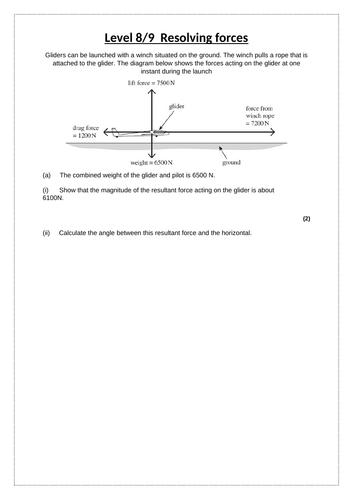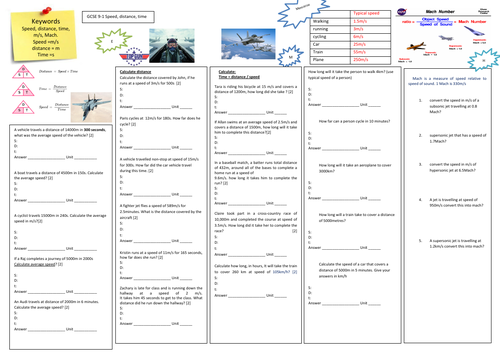SuperScientist
I am an experienced Physics teacher who enjoys creating resource that engage students to do their best in Physics. I also create chemistry and Biology resources. I like active lessons with differentiation so all my resources are differentiated. All my resources are non-specialist friendly.




















